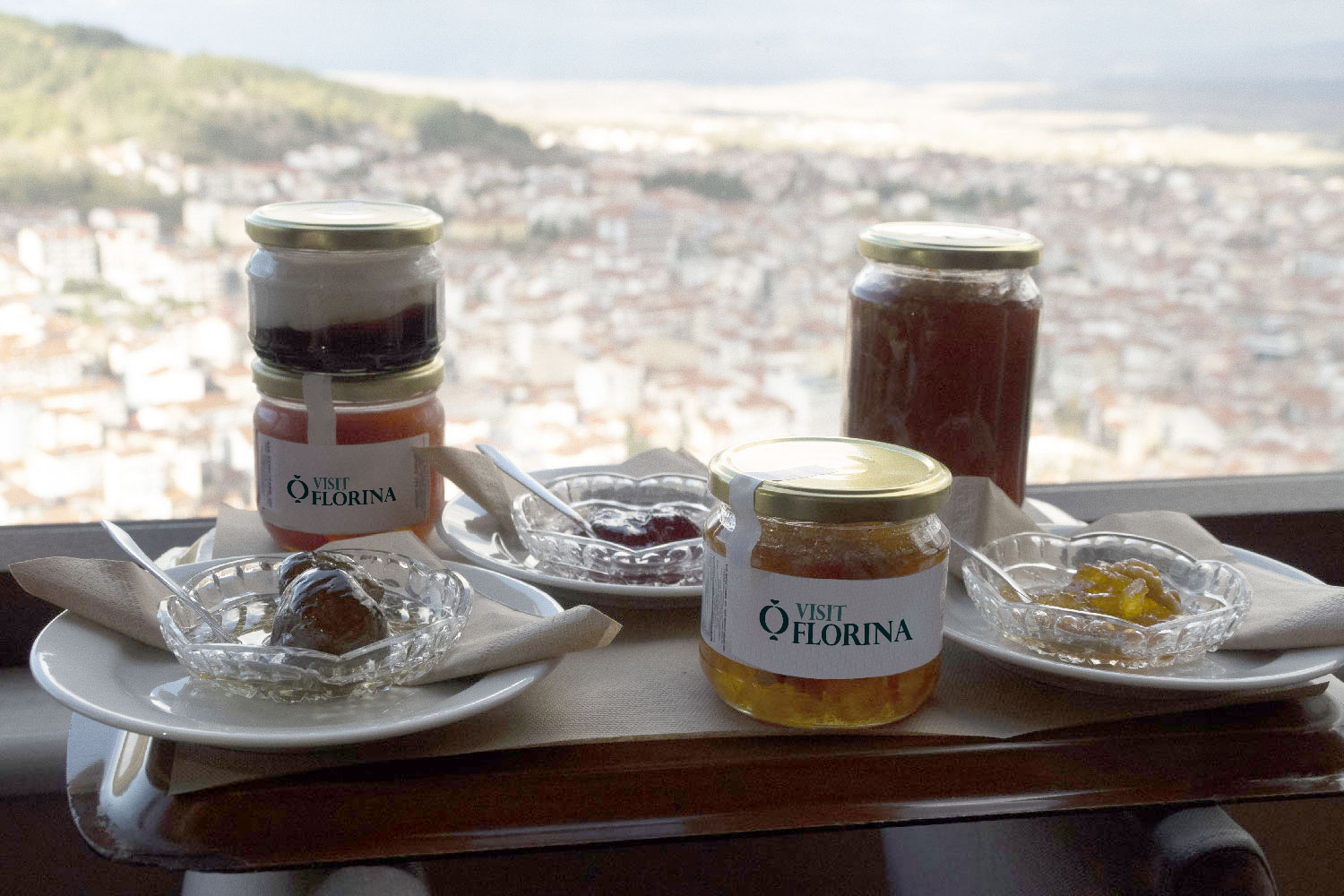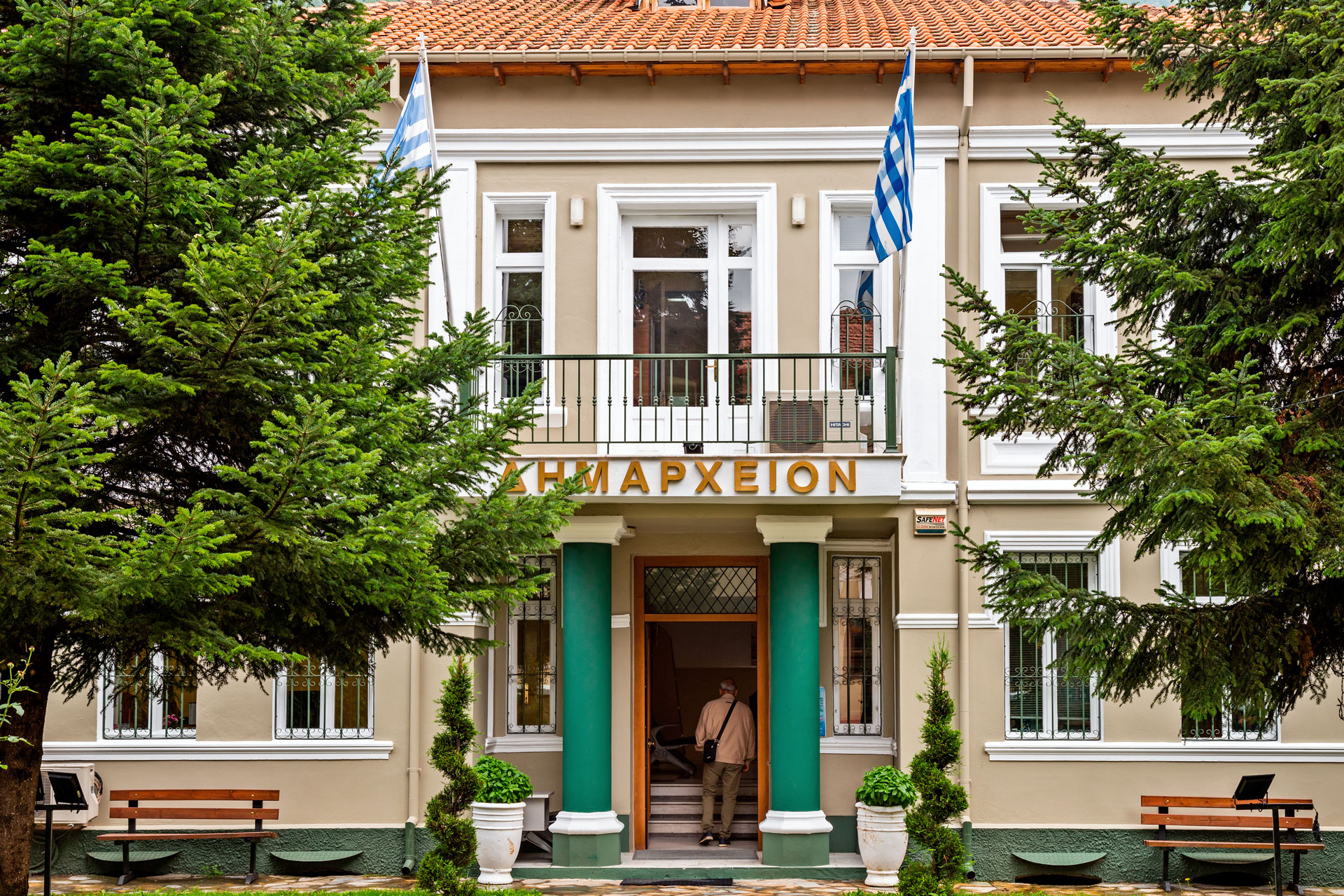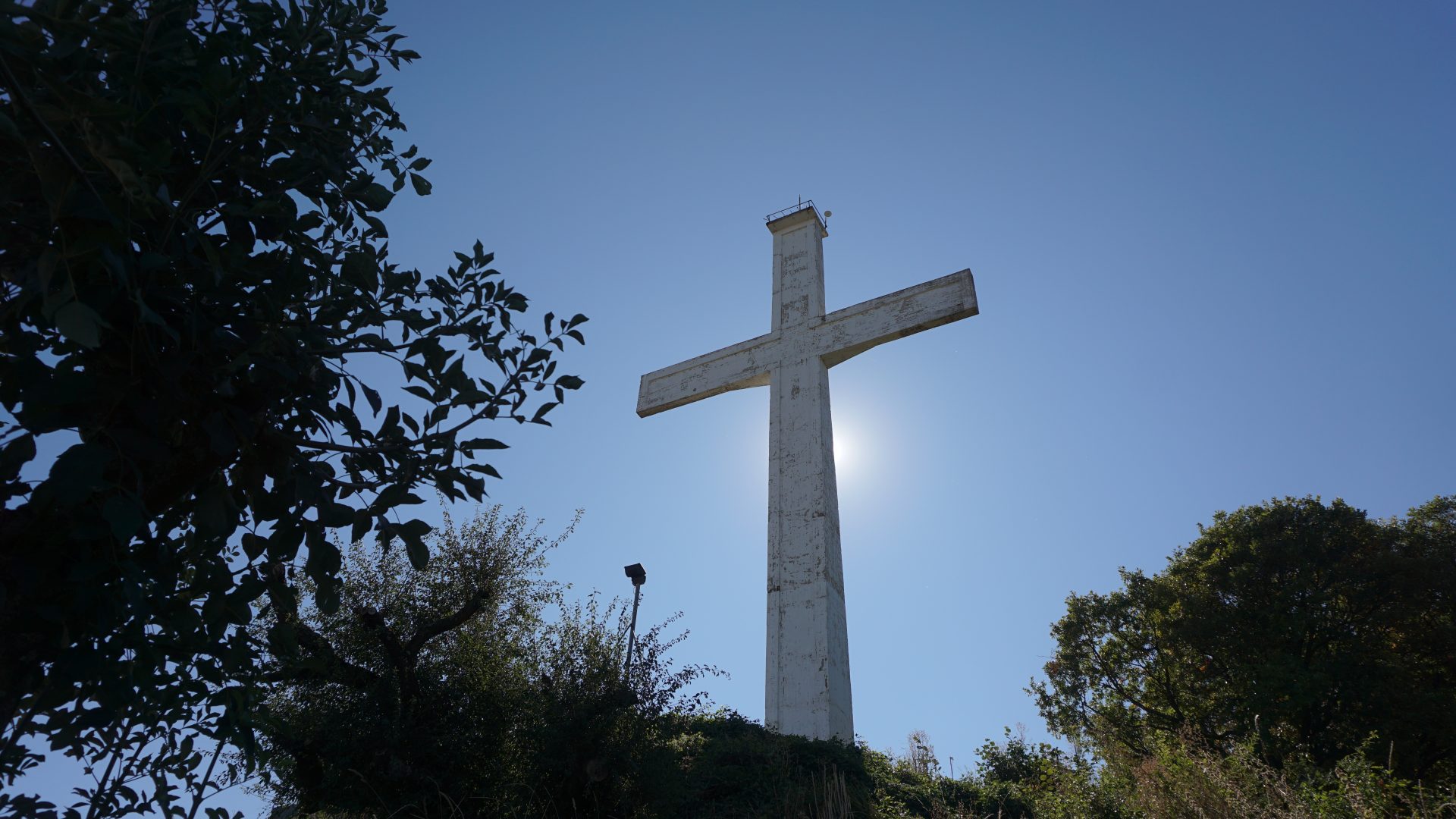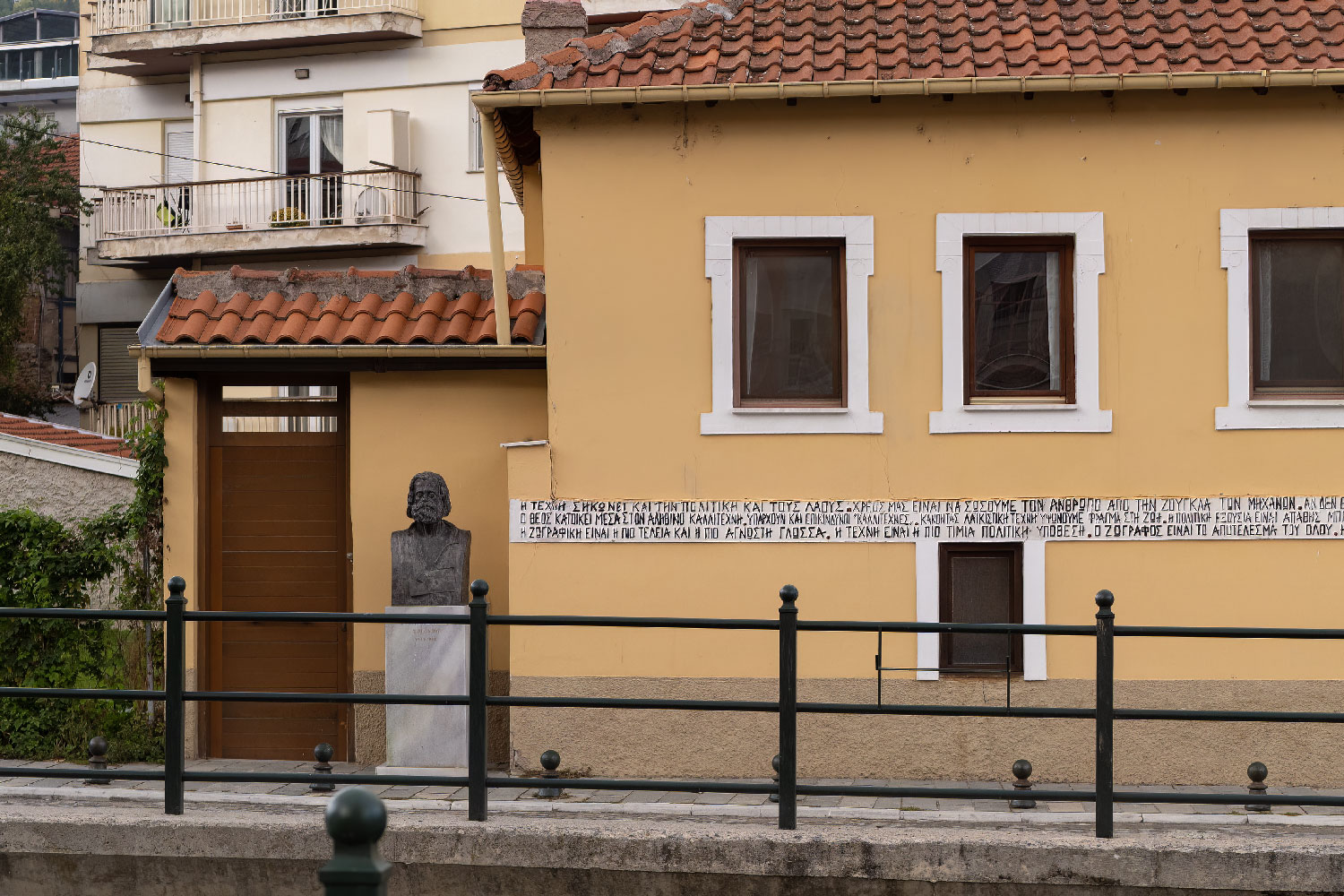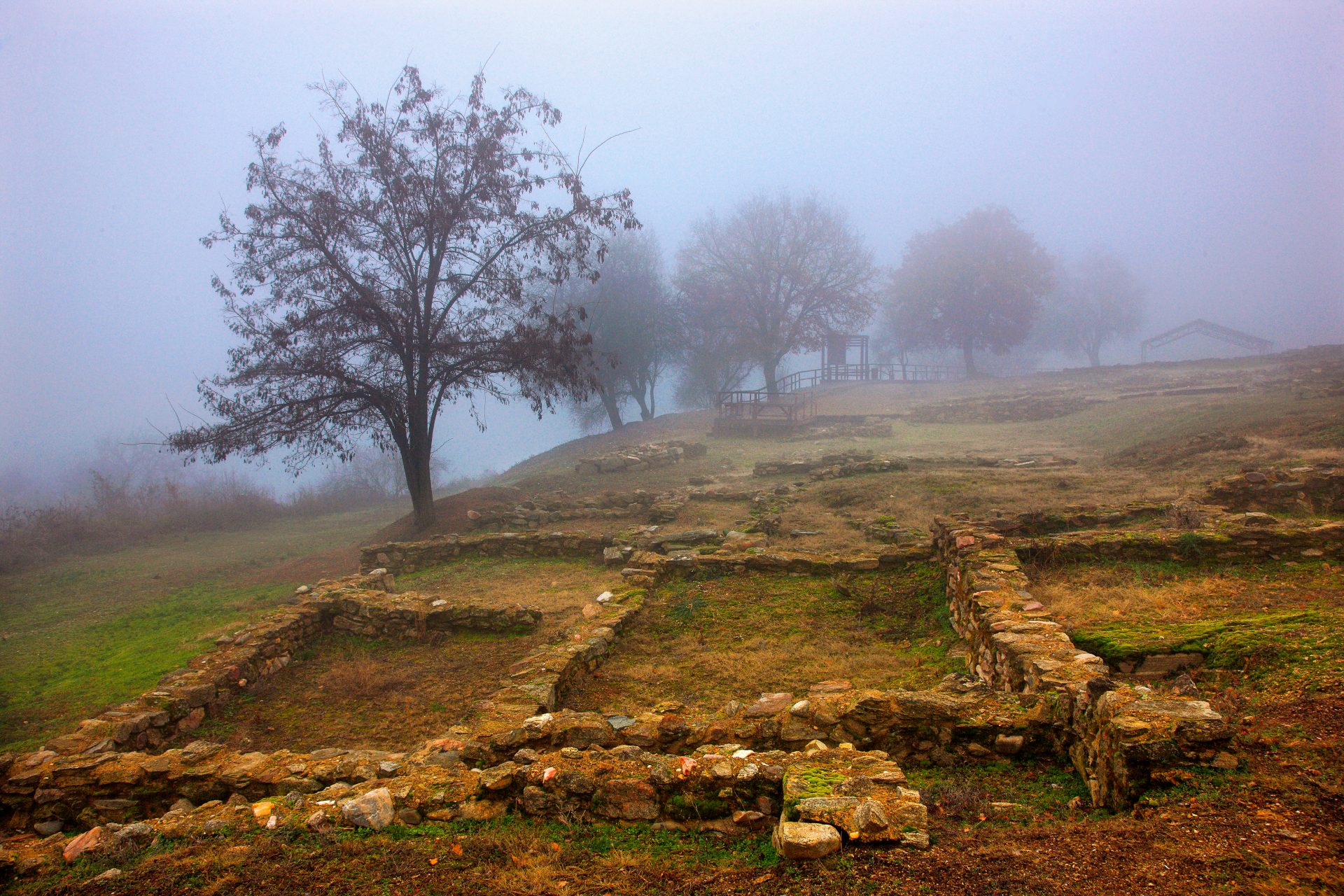
History
Ag. PanteleimThe earliest human activity in Florina until now, according to archaeological excavations, is placed in the middle Neolithic Period (5800 – 5300 BC, settlements of Armenochorio, Melitis, Agios Panteleimon, Agios Anargyros, Varikos).
In the Bronze (3100 – 1050 BC) and Iron Ages, the population increases in the Florina and Amyntaio basins
• Early Bronze Age: Ano Kleines, Skopos, Lofoi, Niki, Palestra, Kladorachi, Perasma, Ag. Bartholomew, Valtonera.
• Late Bronze Age: Oksia – Mikrolimni, Trigono, Florina, Papagianni, Neochori, Petres.
• Iron Age: Petres, Aetos, Variko, Vegora, Limnochori, Farangi, Palestraonas).
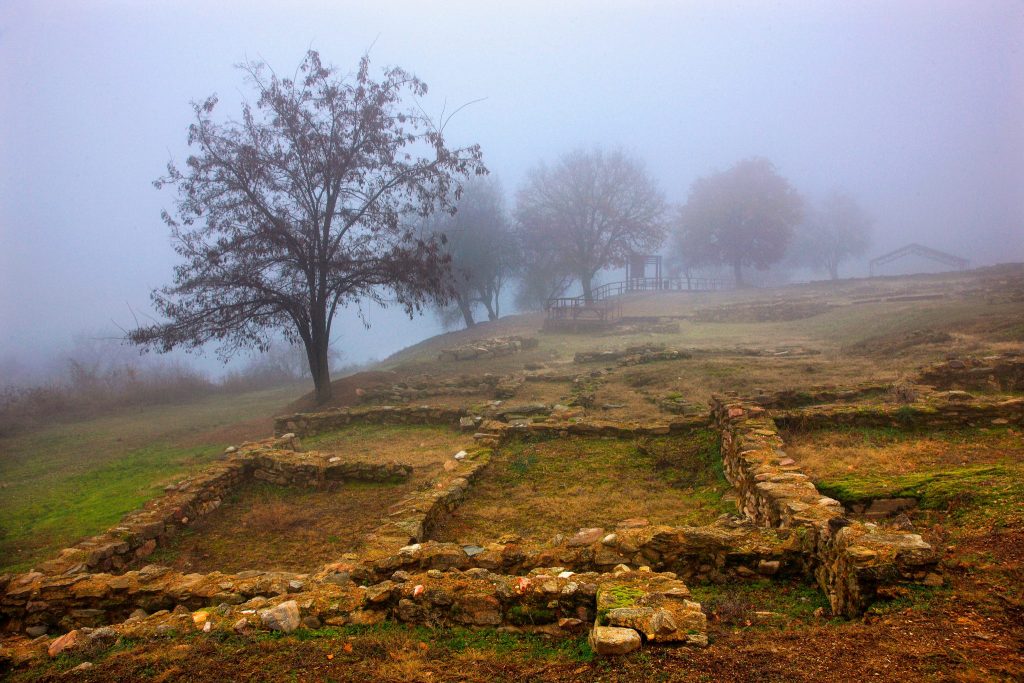
The incomplete excavation evidence in Florina for the classical era is supplemented by the information of historical sources (Herodotus IX 137, Thucydides 4, 124 – 128, Strabo 7.326, Diodorus Sikeliotis 16.4) from which it is testified that in the second half of the 5th c. BC the area was ruled by the royal house of the Lygists whose mythical roots went back to Corinth.
Lygestida was named after the mythical hero Lygea or from the blood-sucking mammal Lynx. The Royal house of the Lygists had as its king Arrabios, father of the princess Eurydice, who was the mother of Philip II, King of Macedonia. In 352 BC Philip II builds Heraklia in Lygistida which will be a fortress against the Northern and Western enemies of Macedonia. Alexander the Great was followed by many Florinians and many were leaders. The Lygistida order, i.e. the military group of the Lygistians, is famous. In 148 BC Macedonia submits to the Romans and Florina falls under the 4th Province and in 48 BC it is burned by the Romans during the Roman civil wars (Caesar – Pompey), by the Roman general Domitius, a friend of Caesar.
During the Byzantine era, the region was subject to the Eastern State together with all of Greece and the Southern Balkan Peninsula and ecclesiastical to the Pope of Rome, until 731 AD. AD, when Leo III Isauros subordinated her to the throne of Constantinople (Theophanes in 410.4) During the 10th AD fierce battles take place in the area between the Tsar of the Bulgarians Samuel and the Emperor Basil II of Macedonia, the excluded Bulgaroktonos. Samuel founded a state with a capital, first Prespa and then Achrid, he raided Southern Greece and moved the sacred tabernacle of Saint Achilles, in 980 AD from Larissa, to the island of the same name in the small lake of Prespa, in which he also transported ten thousand Thessalians, to cultivate the place, after his defeat at the Sperchios river, by the general of Basil the Bulgar-killer, Nikephoros Ouranos.
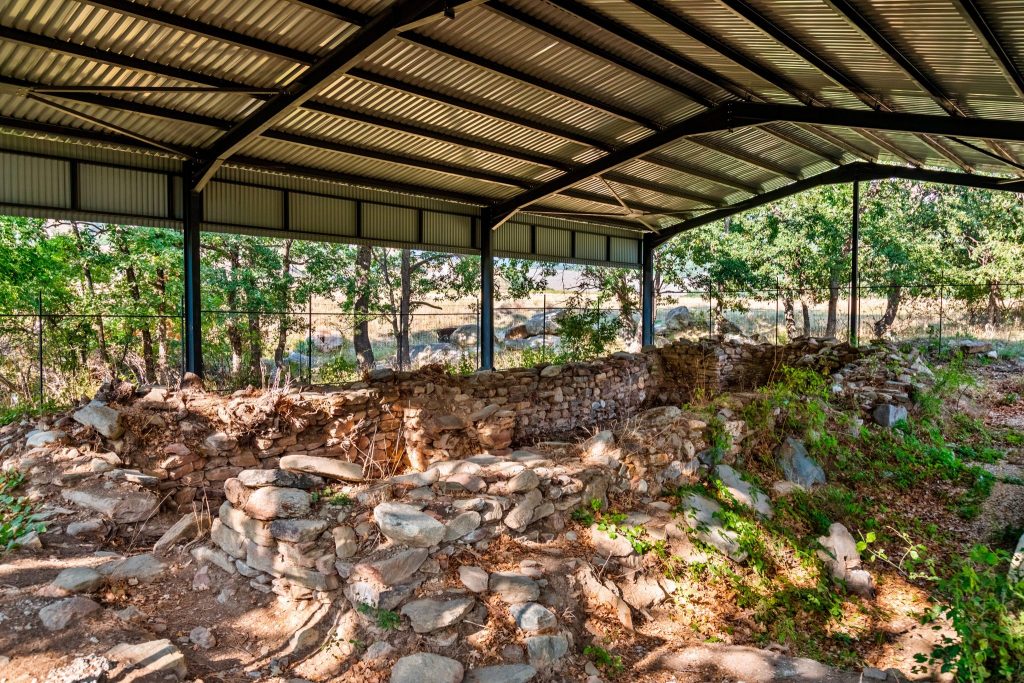
In the 13th century, Florina came under the Despotate of Arta, around 1204. In 1259 to the empire of Nicaea, in 1331 – 1353 to the Serbs of King Stefanos Dusan. In 1371, King Markos, son of Dusan, and in 1385, Sultan Murat I took control of the region and the period of Turkish rule began until November 1912.
In the period of the Turkish rule, Florina is mentioned more than 35-40 times in documents (firmans) of sultans, viziers and toparchs with the name Filorina or Florina, written in Turkish and Greek. At the end of the 17th century, the National Apostle Kosmas Aitolos visited the area. In 1700 AD, the first armatolos (rebel) Tsolakis or Meidanis, in our history during the Turkish occupation, operates in the area. In 1822, rebel bodies operate and occupy the straits of Arnissa and Vora. Florina always had armatolous (rebellious forces against the Turkish rule), until 1821, in Kleidi, Vevi, Kelli, Pisoderi, Trivouno, etc. Florina also contributed to the Friendship Association (an association in support of the greek revolution). In the central square of Florina, the Turks hanged 9 candidates in 1821. In 1867, the New Friendship Association was founded in Florina with the Director of its schools as president, preparing the revolution of 1978 which lasted 10 months. In 1881, Captain Naoumis kidnaps Kaimakamis of Florina and the event becomes a legend and songs. In 1897, Captain Kottas, the first Macedonian fighter, known as the “Eagle of the Korestians”, formed a guerrilla force against the Turks and the Bulgarian communists. In 1904 Pavlos Melas arrives and the final phase of the armed struggle begins.
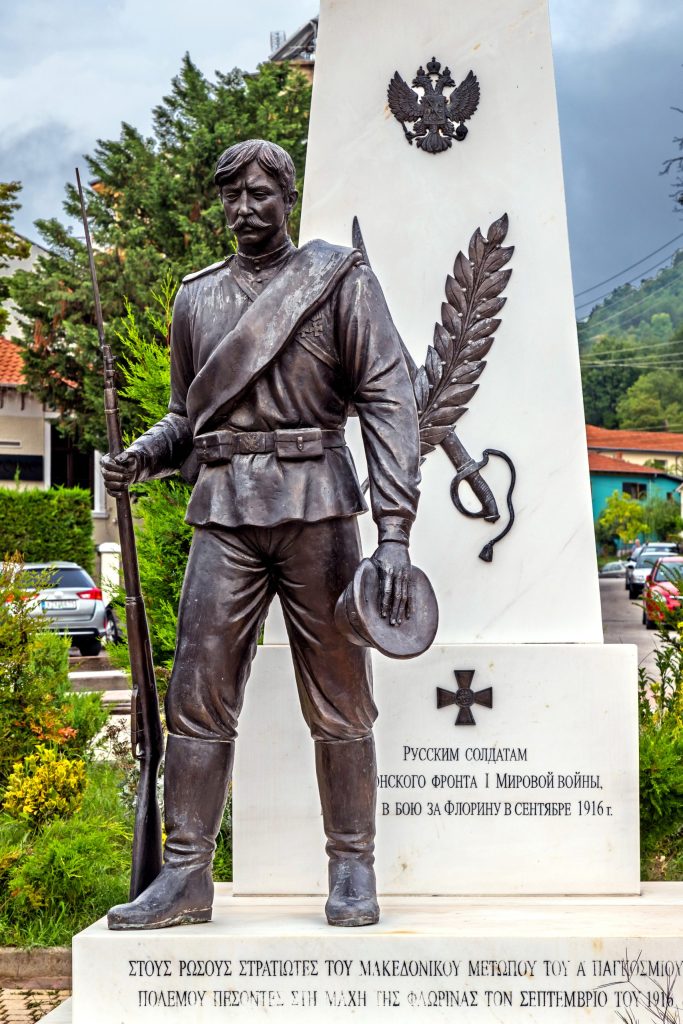
On November 7, 1912, after 527 years of slavery, Florina is liberated by the Greek Army During the First World War, thousands of allied soldiers in Florina, of all races, creeds and colors, launched their victorious attack against the Bulgarians and on September 18, 1916, occupied Florina, which had been held by the enemy for a month.
In World War II, the first Victory of 1940 was seen and felt by the Allies on the front of Florina and especially in Prespa and Corestia. A ray of hope was not only the containment of the Italians on the border line, but on November 1, 1940, the heroic 33 S.P. of Florina with its first counterattack, occupied a space of more than 10 km., liberating many Albanian-occupied Macedonian villages. On April 6, 1941, however, the Germans invaded and then occupied the area. During the German occupation, many villages were burned and many Florinians were executed by the Germans. On November 1, 1944, the Greek Army liberated Florina. Then the civil war broke out (1947 – 1949) where on February 12, 1949 “The Battle of Florina” took place which was the beginning of the end of the civil war.

